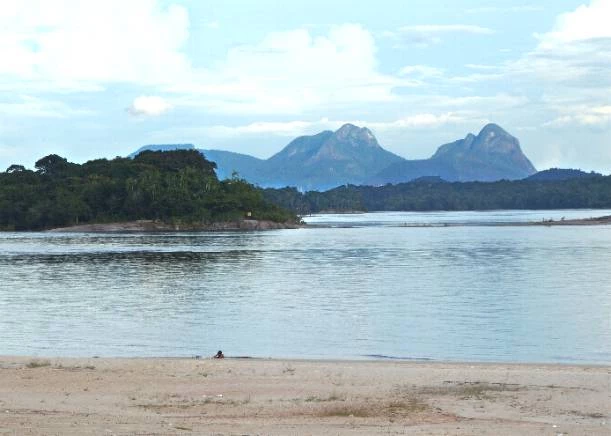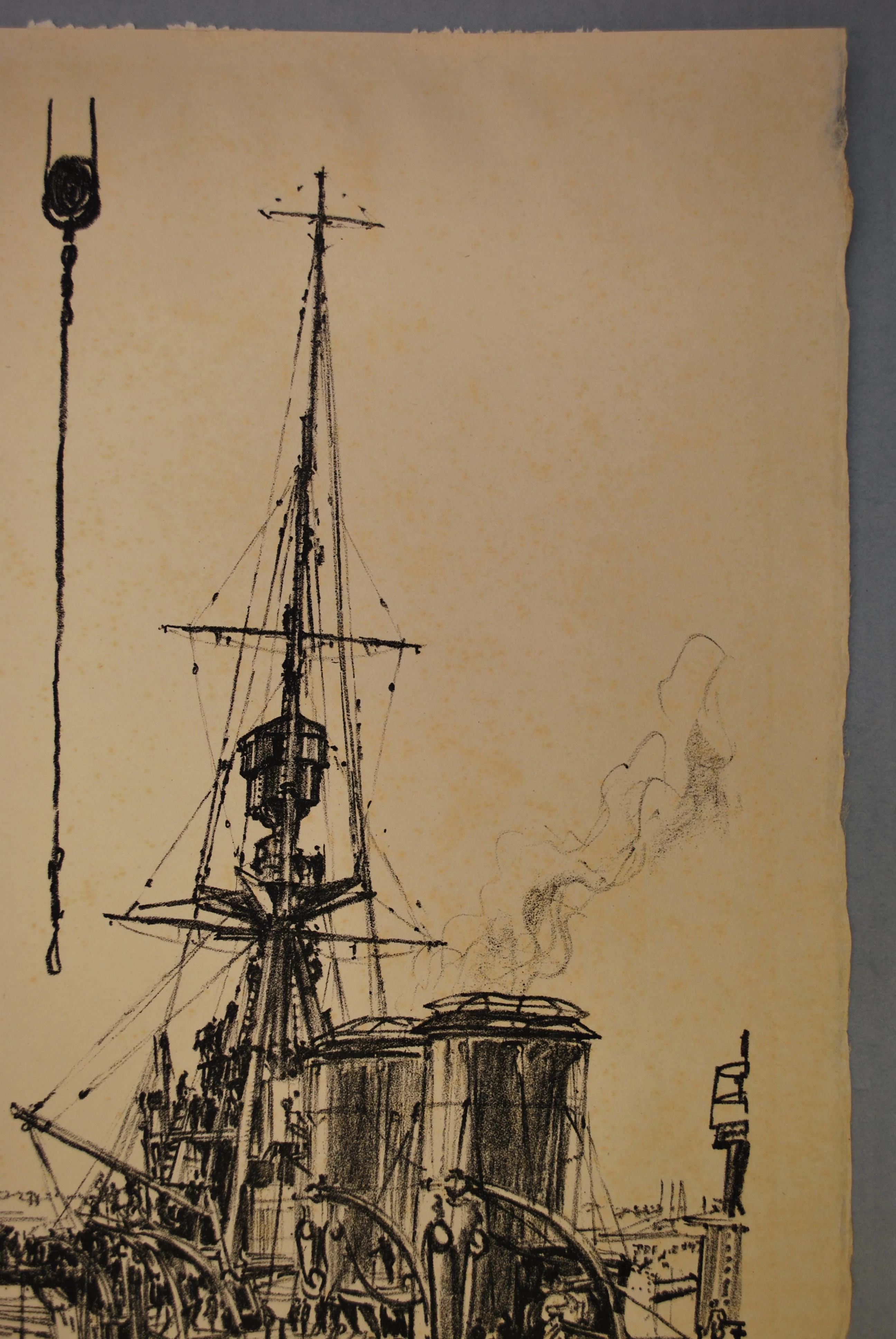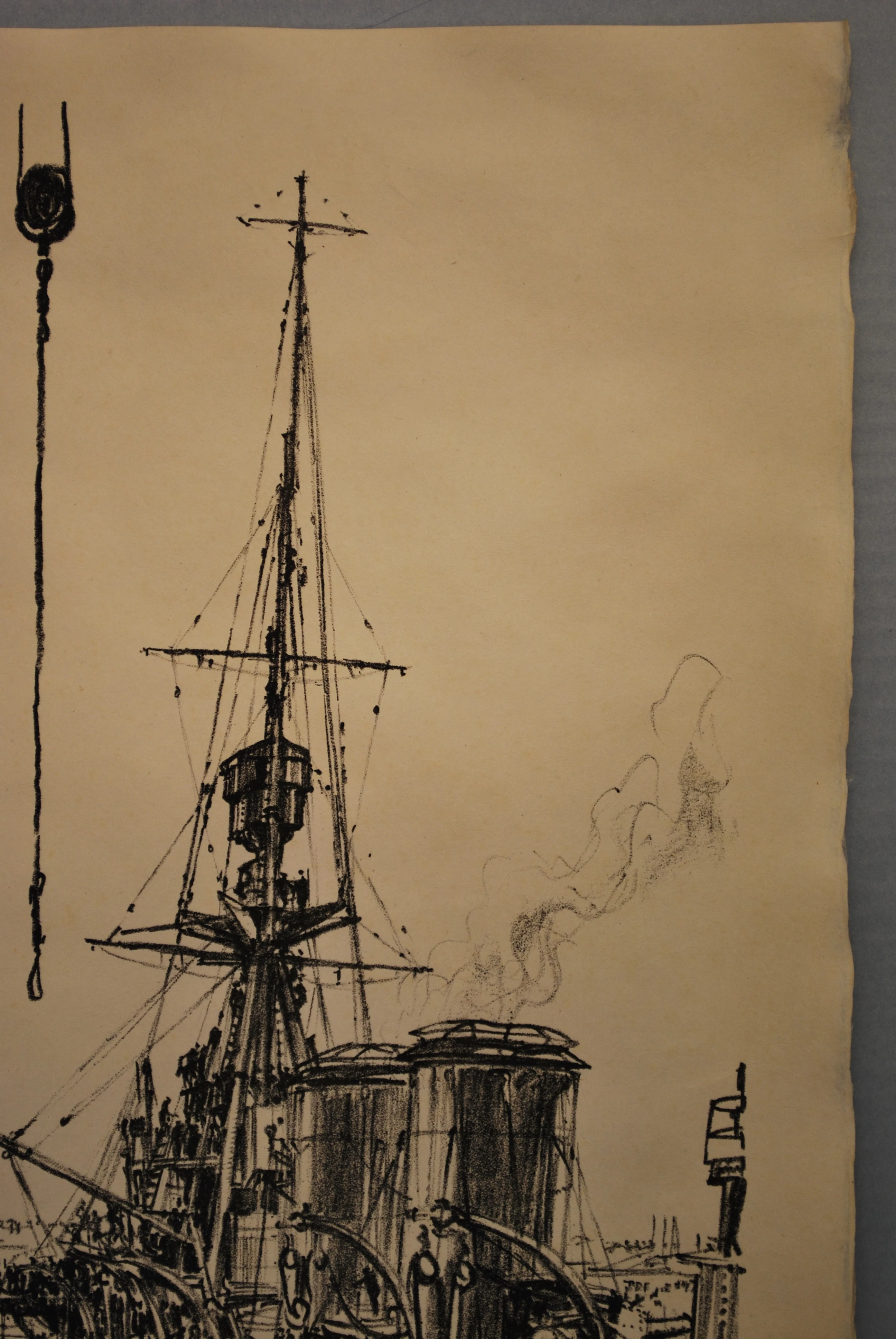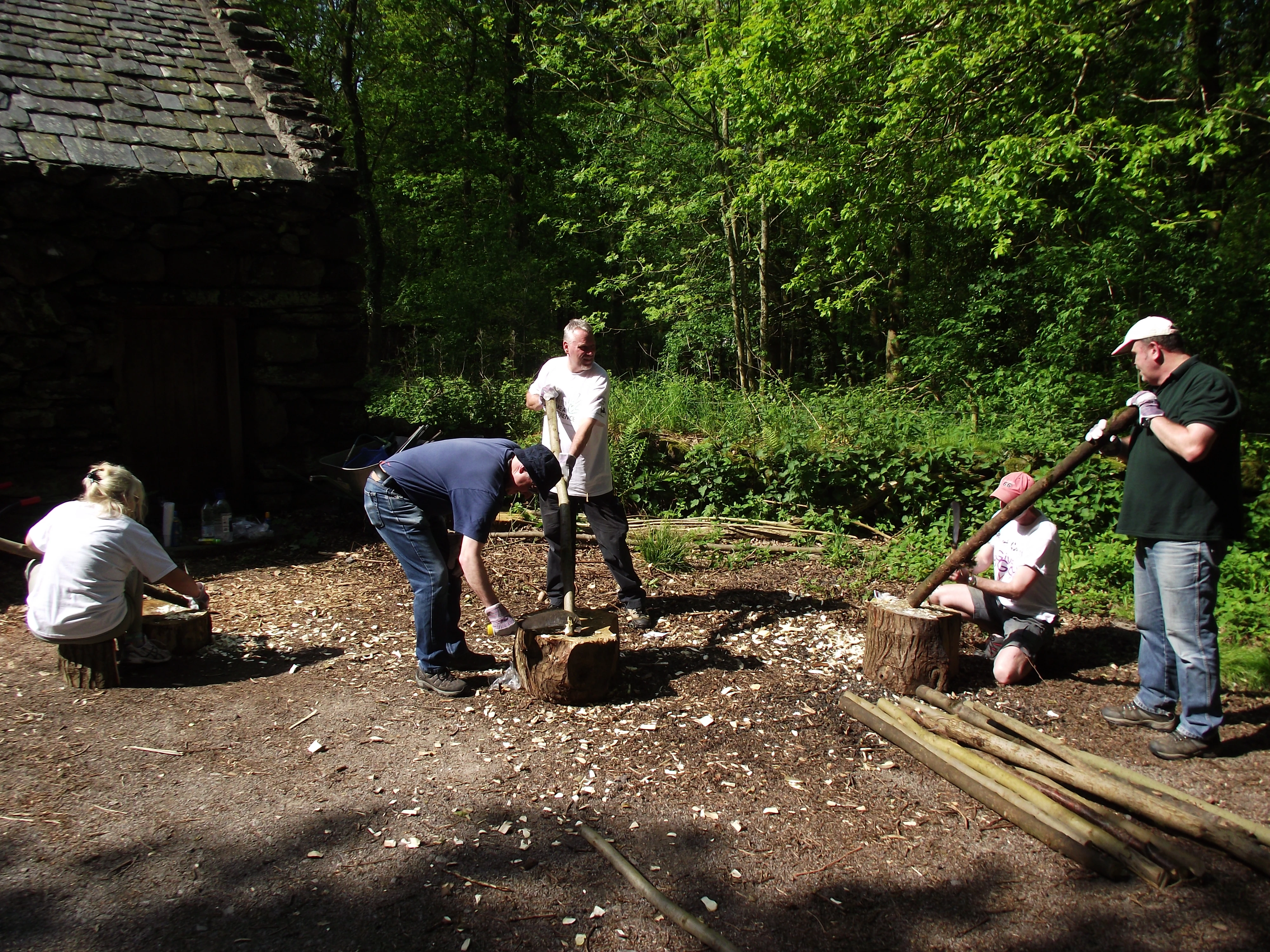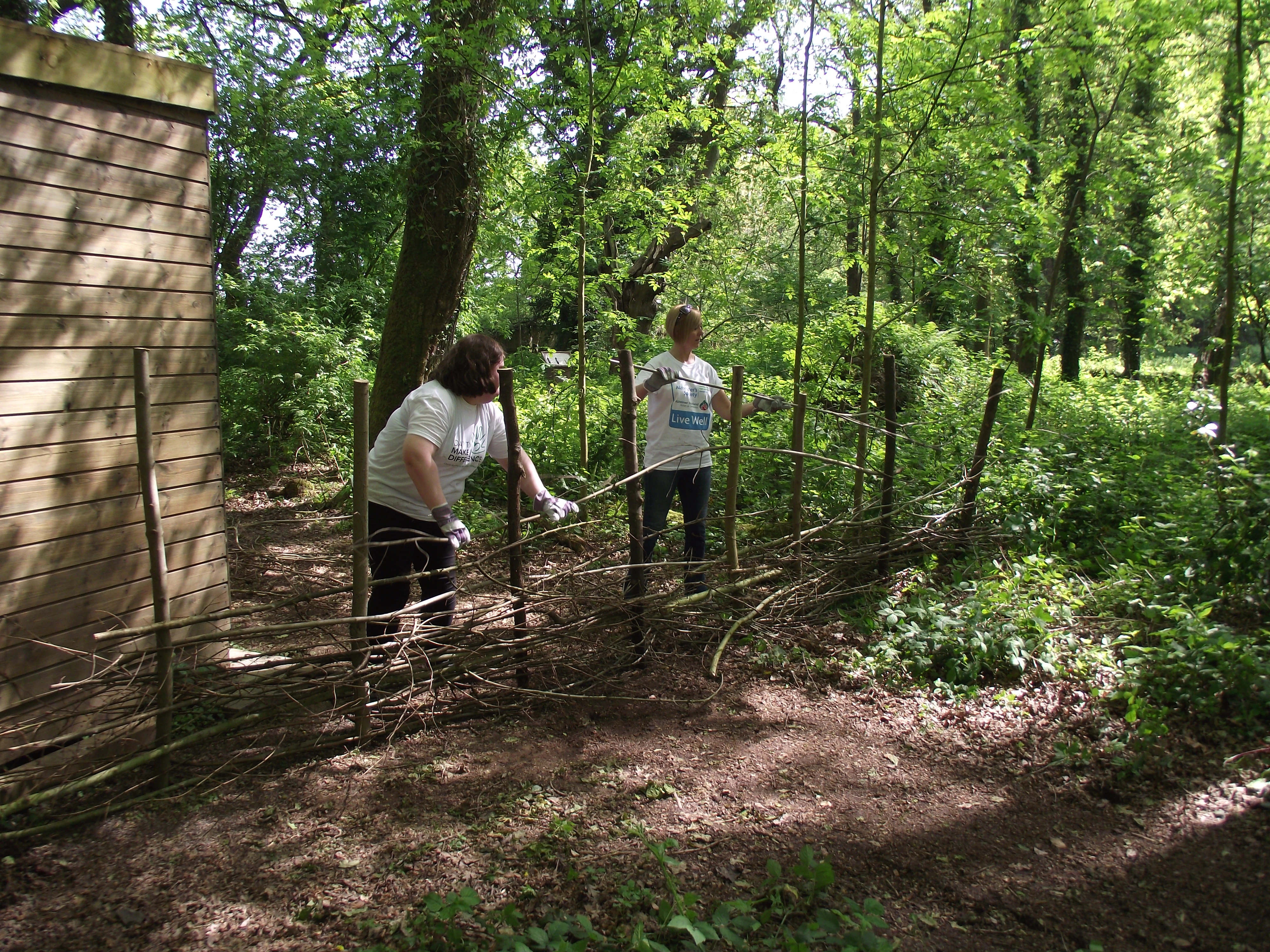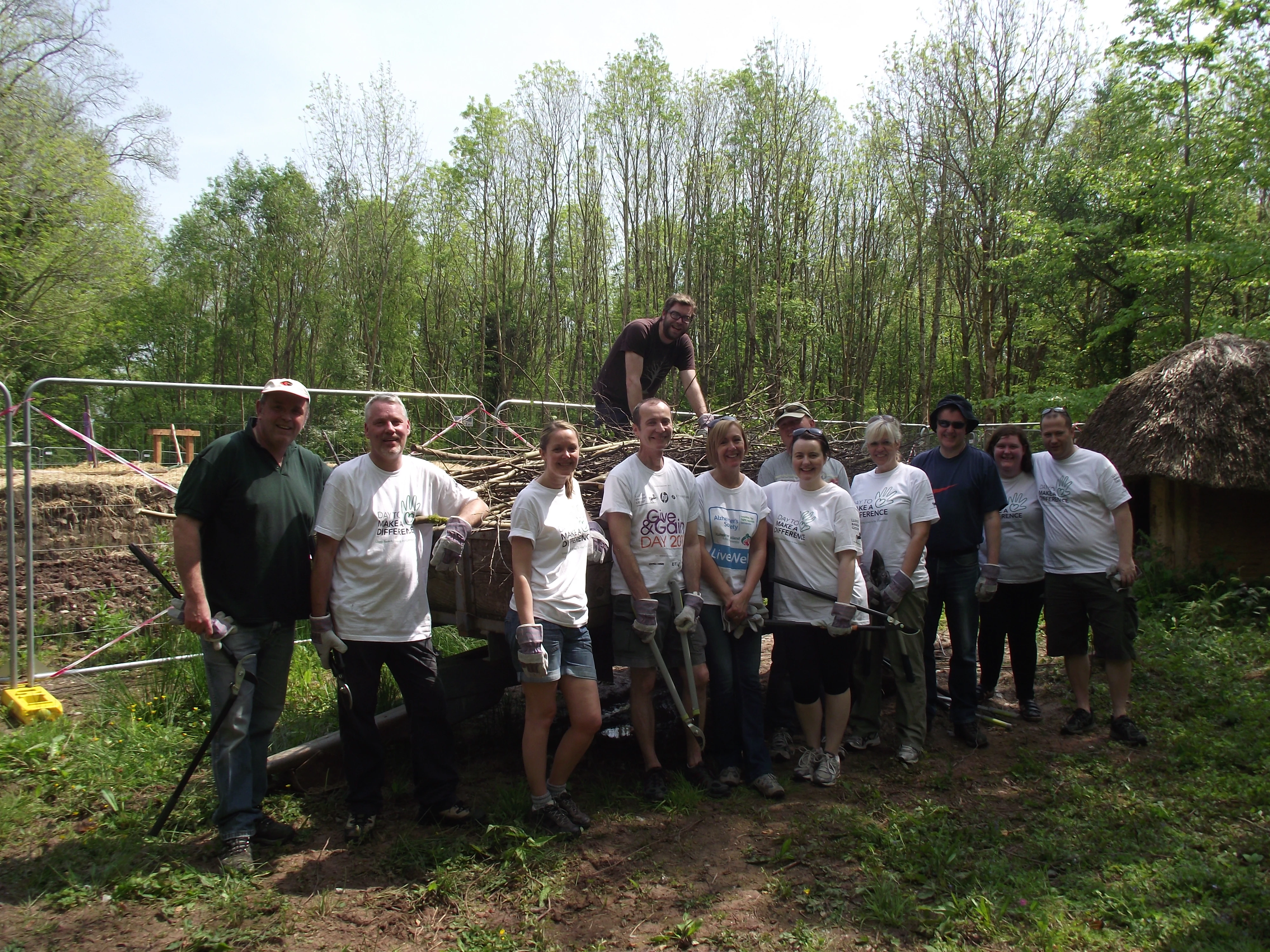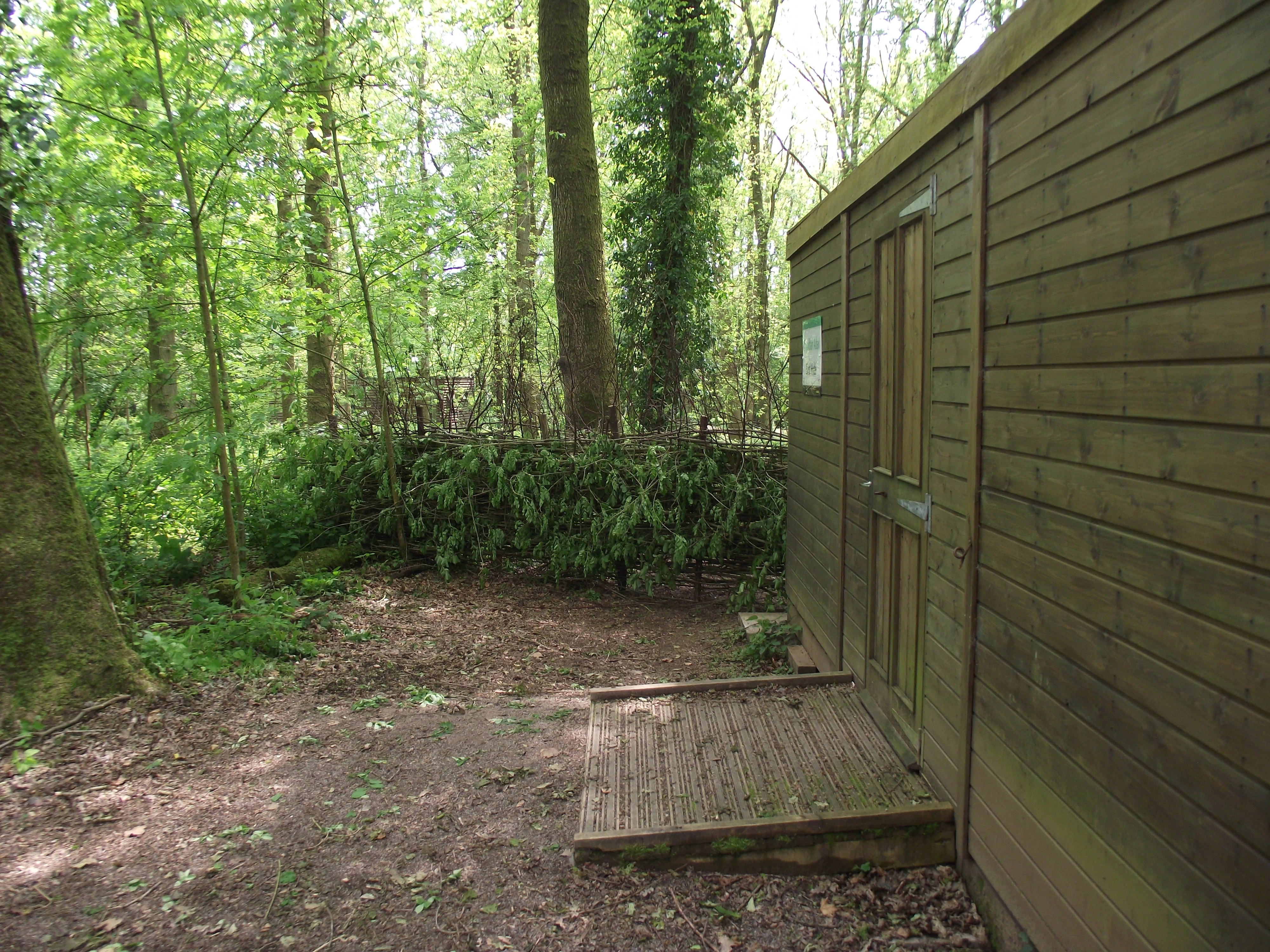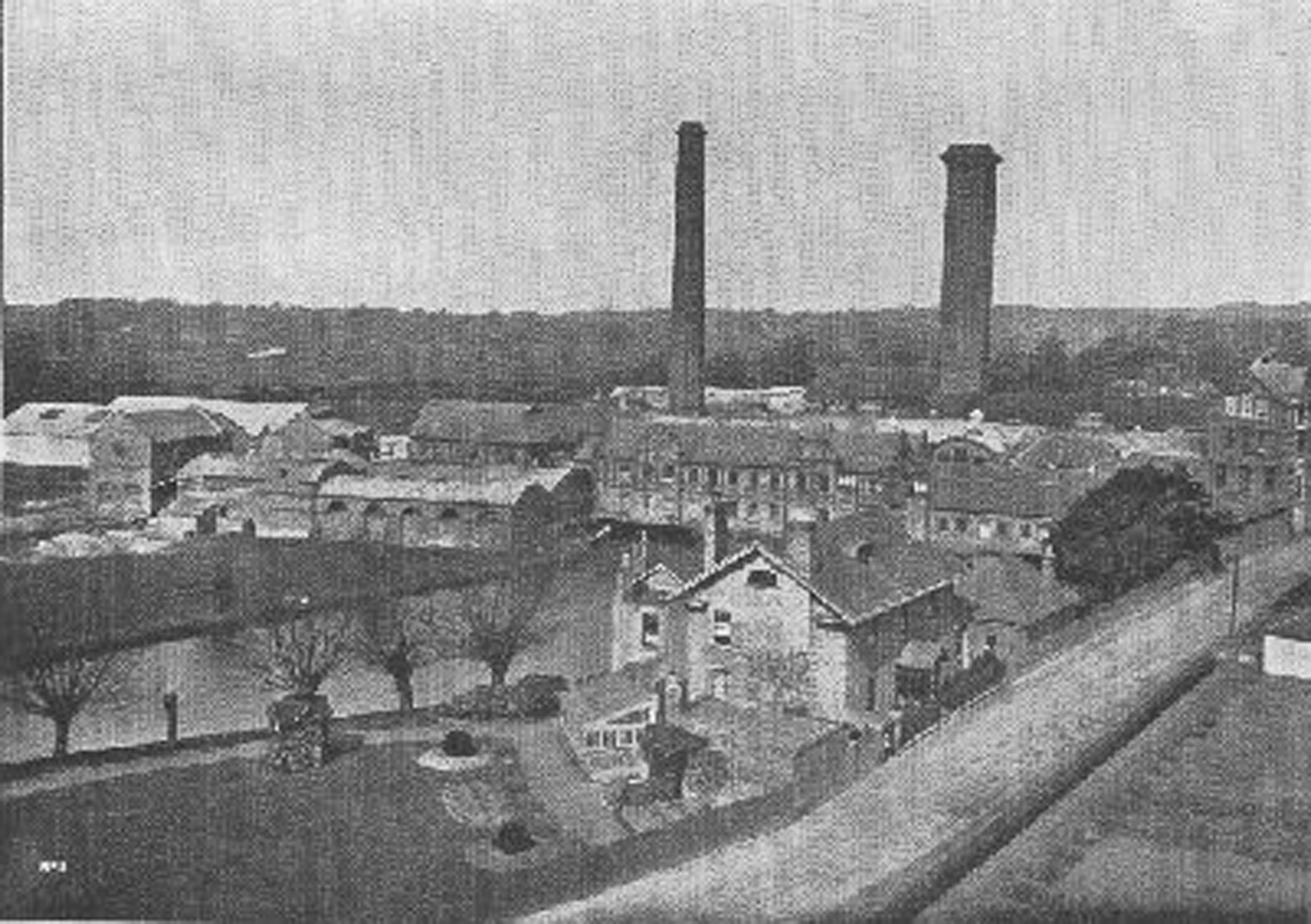From Amazonian Rainforest to Welsh Rain!
, 23 May 2014
Brazilian PhD student Josenir Camara is working with Dr Adrian Plant, Principal Curator of Entomology at Amgueddfa Cymru, on a three-year project to describe some of the diversity of Diptera (flies) inhabiting the rainforest of Brazil’s Amazon Basin. The two researchers have already made numerous collecting expeditions to remote parts of the Amazon, but now they are both back in Cardiff where Josenir will spend the next six months studying at the Museum. As a part of her research she will describe all the Amazonian species of a group of water-inhabiting flies known as Hemerodromia. She already has more than 50 species that are completely new to science and once these have been formally described, the next task is to construct an evolutionary tree showing how the Amazonian Hemerodromia have diversified in respect to Hemerodromia elsewhere in the world. This is where Amgueddfa Cymru comes in as our extensive collections will provide her with an invaluable resource she can use to compare how Amazonian species differ from others. By careful comparison of ‘characters’ of each species and using sophisticated computing methods, Josenir will construct a ‘phylogenetic tree’ to illustrate the sequence of evolutionary changes that have occurred. By comparing the evolutionary tree with the fossil record, geological and climatic history it is hoped that we start to learn more about the biogeography of the Amazon (biogeography is the study of how species and communities or organisms become distributed both geographically and through geologic time).
















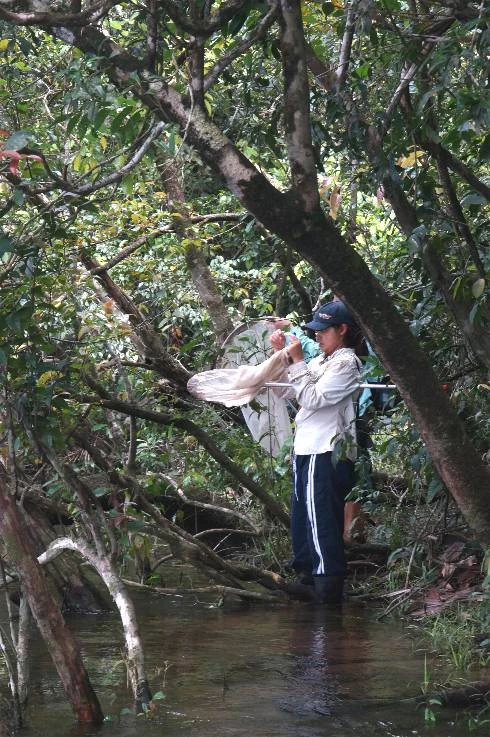
.webp)
